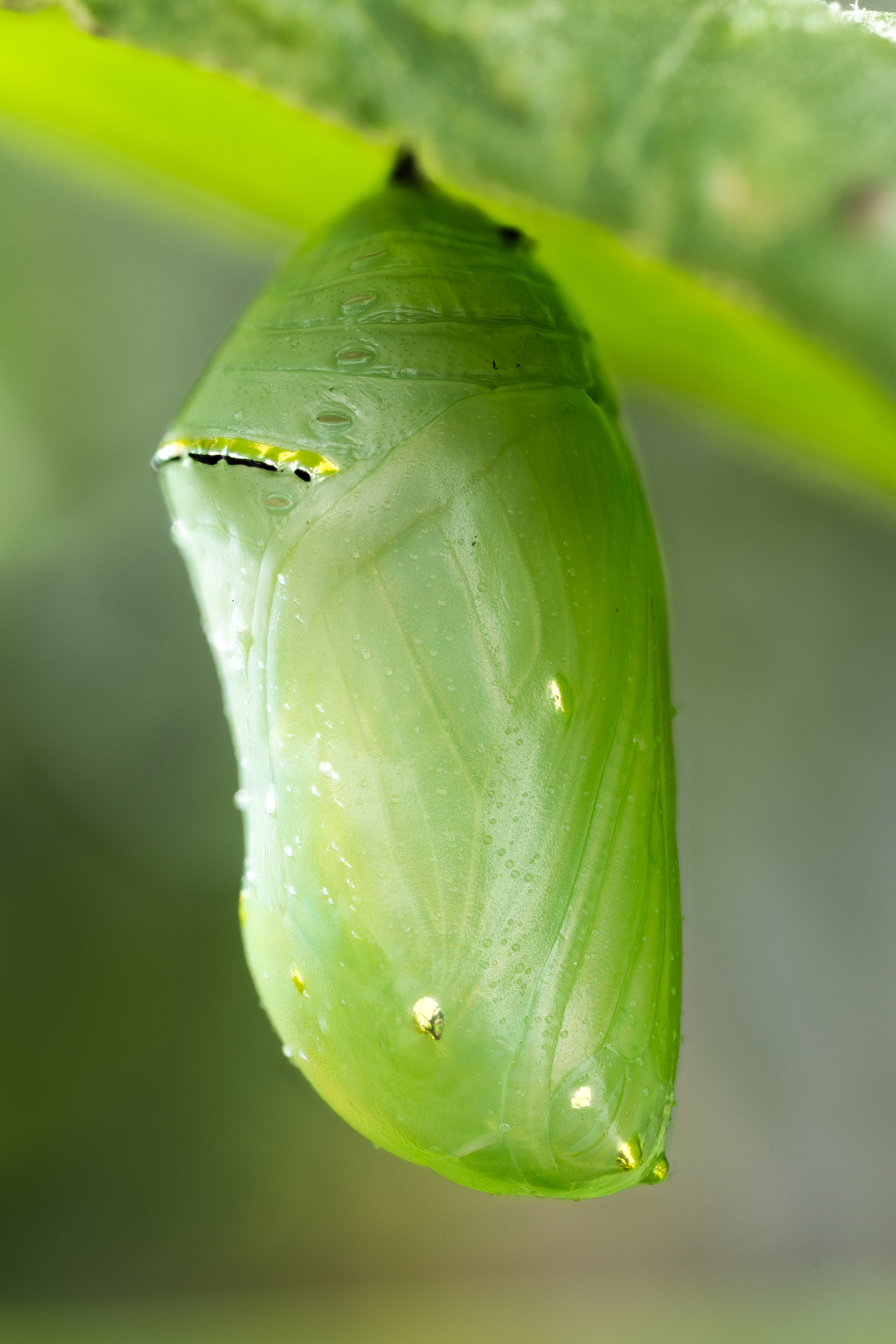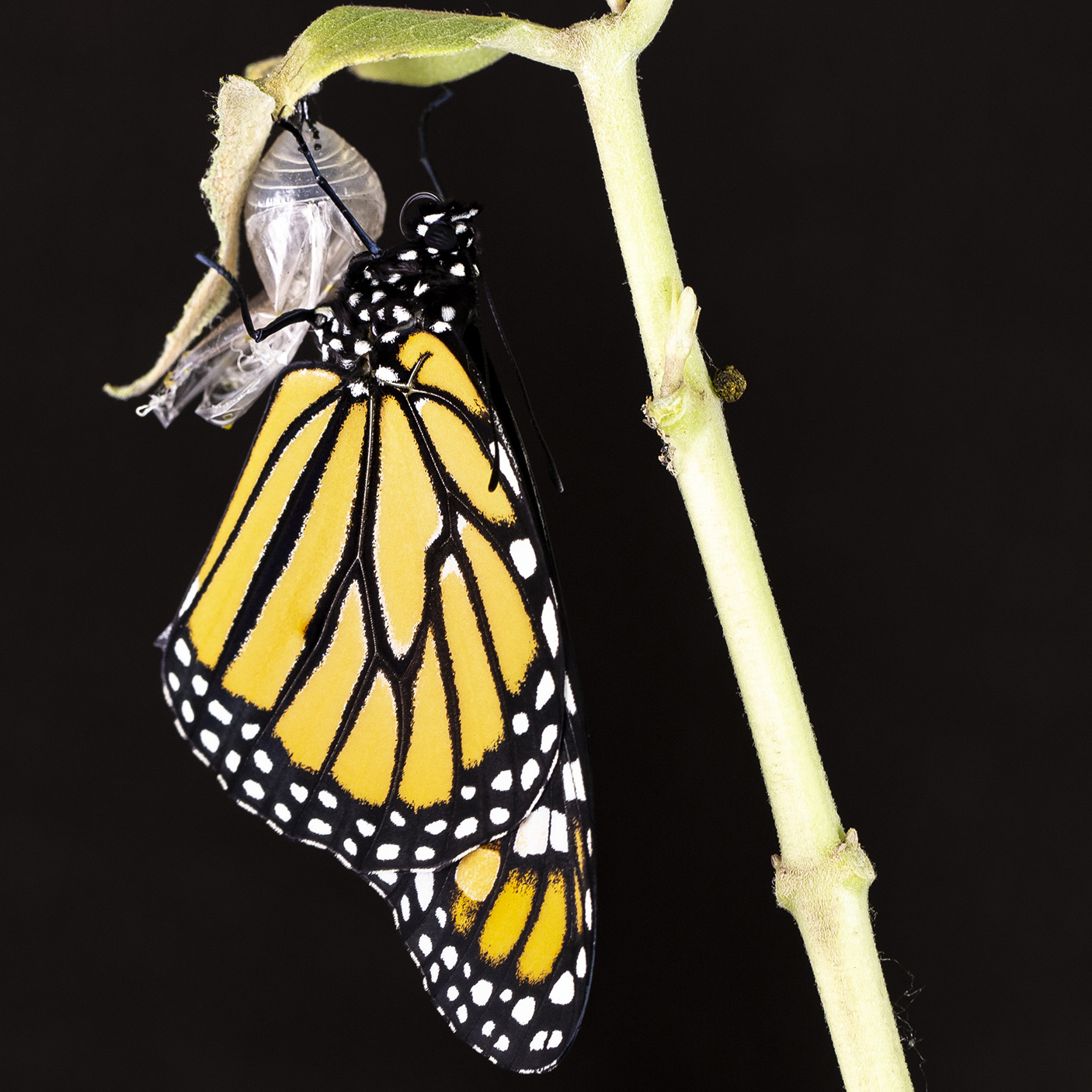
Monarchs are not only beautiful but also vital pollinators in many ecosystems.
A story of migration, metamorphosis, and survival
The Monarch butterfly, known for its distinctive orange and black wings, is one of nature's most remarkable migratory creatures. Every year, millions of Monarchs travel thousands of miles across North America to reach their wintering grounds in Mexico. This epic journey, fraught with challenges, is a testament to the resilience and beauty of this incredible species.

Monarchs are not only beautiful but also vital pollinators in many ecosystems.

The life cycle of the Monarch includes several stages: egg, larva (caterpillar), pupa (chrysalis), and adult butterfly.
Monarch butterflies are known for their incredible migration journey, covering distances of up to 3,000 miles. This journey is undertaken by multiple generations, with each generation playing a crucial role in the species' survival.
The transformation from caterpillar to butterfly is one of the most fascinating processes in nature. This metamorphosis involves a complete reorganization of the insect's body, culminating in the emergence of a beautiful adult butterfly.

The chrysalis stage is a time of transformation and growth.

The moment a butterfly emerges from its chrysalis is a delicate and wondrous sight.
Monarch butterflies face numerous threats, including habitat loss, climate change, and pesticide use. Conservation efforts are critical to ensure the survival of this iconic species. By planting milkweed and other native plants, reducing pesticide use, and supporting conservation organizations, we can all play a part in protecting the Monarchs.
